Home>Garden Essentials>What Does A Geranium Seed Pod Look Like
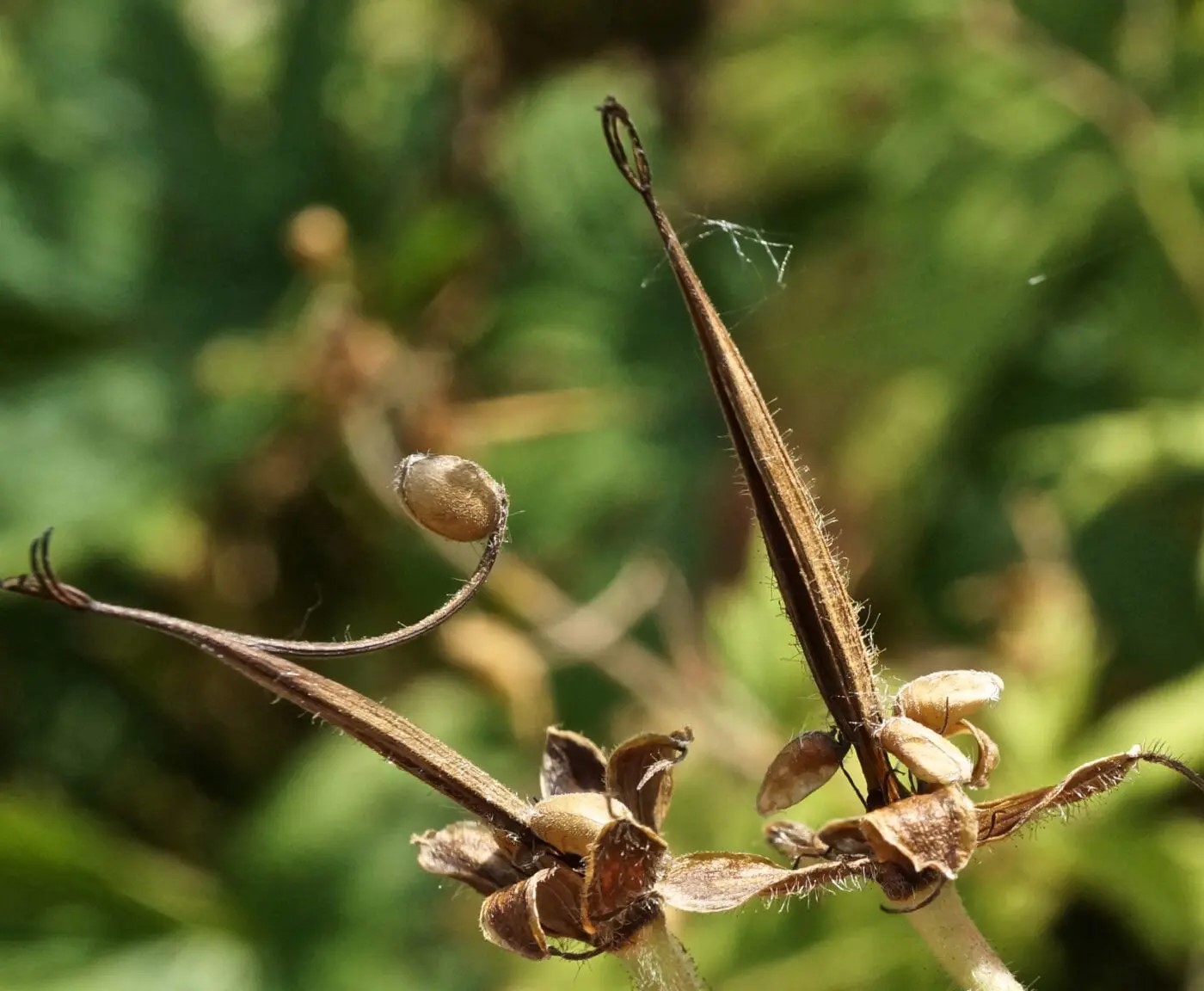

Garden Essentials
What Does A Geranium Seed Pod Look Like
Modified: August 27, 2024
Discover what a geranium seed pod looks like and how it adds charm to your garden. Learn about the unique features of this beautiful garden plant.
(Many of the links in this article redirect to a specific reviewed product. Your purchase of these products through affiliate links helps to generate commission for Storables.com, at no extra cost. Learn more)
Introduction
Welcome to the wonderful world of geraniums! If you’re a gardening enthusiast or someone looking to enhance the beauty of your outdoor spaces, you’ve likely come across geraniums in your search for the perfect plants. Geraniums are a popular choice for gardens due to their vibrant colors, lovely blooms, and their ability to thrive in various climates.
One intriguing aspect of geraniums is their seed pods. As part of their life cycle, geraniums produce seed pods that contain the potential for new plants. Understanding the appearance and characteristics of geranium seed pods can not only help you appreciate the wonders of nature but also assist you in collecting and propagating geranium seeds for your garden.
In this article, we will take a closer look at the fascinating world of geranium seed pods. We will explore their description, characteristics, development, and factors affecting their formation. So, let’s dive in and discover what a geranium seed pod looks like!
Key Takeaways:
- Geranium seed pods are small, elongated, and change from green to brown as they mature. They protect the seeds inside and help them disperse for new plant growth.
- Successful pollination, environmental conditions, and care influence the formation of geranium seed pods. Understanding these factors can help gardeners grow vibrant geranium plants.
Read more: What Do Plumeria Seed Pods Look Like
Description of Geranium Seeds
Geranium seeds are the tiny, embryonic structures that hold the potential for new geranium plants. These seeds are produced within the seed pods, which develop after the geranium plant has been pollinated.
Geranium seeds are typically oval-shaped and have a hard, outer shell that protects the delicate embryo inside. The color of geranium seeds can vary depending on the variety, ranging from dark brown to black. The seeds are relatively small, measuring about 1-3 mm in diameter. Despite their small size, these seeds are packed with the genetic information necessary to grow into vibrant and beautiful geranium plants.
When you hold a geranium seed in your hand, you might notice its smooth texture and firmness. The outer shell is designed to withstand various environmental conditions, ensuring the seeds’ viability until they’re ready to sprout.
Geranium seeds play a vital role in the reproduction of these plants. They are dispersed through various means, including wind, water, and animal interaction. Once the seeds find suitable conditions, they germinate and begin their journey of growth and development.
Now that we have a better understanding of geranium seeds, let’s explore the characteristics of geranium seed pods to gain insight into their appearance and structure.
Characteristics of Geranium Seed Pods
Geranium seed pods, also known as fruit capsules, are the structures that contain and protect the geranium seeds. These pods develop after the geranium flowers have been pollinated and fertilized.
One of the key characteristics of geranium seed pods is their unique shape. They are typically elongated and slender, resembling tiny tubes or cylinders. The shape of the seed pods can vary slightly depending on the specific geranium species or cultivar.
The color of geranium seed pods also varies, but they generally tend to be green, transitioning to a brown hue as they mature. This color change indicates that the seeds inside are ripening and reaching their full maturity.
When you observe a geranium seed pod up close, you may notice a series of ridges or indentations along its length. These ridges give the seed pod a segmented appearance and provide points of attachment for the seeds inside.
Geranium seed pods are relatively small in size, typically ranging from 2 to 5 centimeters in length. However, the exact size can differ depending on the geranium species. The pods are generally lightweight and have a slightly papery texture.
The number of seeds present in a geranium seed pod can vary as well. It is not uncommon for a single pod to contain multiple seeds, each potentially developing into a new geranium plant.
Now that we have a good understanding of the characteristics of geranium seed pods, let’s explore the fascinating process of their development.
Color and Shape of Geranium Seed Pods
The color and shape of geranium seed pods add to their visual appeal and play a crucial role in their identification. Understanding these characteristics can help you recognize geranium seed pods in your garden and distinguish them from other plant structures.
Geranium seed pods typically have a green color when they first develop. This green hue is a sign of immaturity, indicating that the seeds inside are still in the early stages of development. As the seed pods mature, they often undergo a color transition, turning from green to a brown or tan shade.
The change in color reflects the ripening of the seeds within the pods. It indicates that the seeds are reaching their full maturity and are ready for dispersal. These mature seed pods are often brown and can sometimes appear darker or speckled depending on the specific geranium variety.
The shape of geranium seed pods is another distinguishing characteristic. The pods are generally elongated and cylindrical, resembling small tubes or capsules. Their shape allows for efficient seed storage and protection.
At times, you may notice slight variations in the shape of geranium seed pods, depending on the specific geranium species or cultivar. Some pods may have a more tapered or pointed end, while others may be more rounded. However, the overall elongated and cylindrical shape remains consistent across different varieties of geraniums.
Observing the color and shape of geranium seed pods can give you valuable insight into their maturity and readiness for seed collection. When the pods have transitioned to a brown color, it is a good indication that the seeds are fully matured and can be collected for propagation or storage.
Now that we’ve explored the color and shape of geranium seed pods, let’s delve into their size and texture.
Size and Texture of Geranium Seed Pods
The size and texture of geranium seed pods contribute to their unique characteristics and provide insight into their structure and function within the life cycle of the plant.
Geranium seed pods are relatively small in size, typically ranging from 2 to 5 centimeters in length. The exact size of the seed pods can vary depending on the specific geranium species or cultivar. However, they are generally compact and lightweight, making them easy to handle and transport.
When you touch a geranium seed pod, you may notice its slightly papery texture. The pod’s outer surface is smooth to the touch, but it can have a slight roughness or fine texture, depending on the individual plant. This texture helps protect the seeds inside and provides a surface for attachment.
The seed pods consist of several segments, which often have ridges or indentations running along their length. These segmented structures give the seed pods their characteristic appearance and allow them to split open when the seeds are ready for dispersal.
Despite their small size, geranium seed pods are durable and resilient. They are designed to protect the seeds from external elements, ensuring their viability until they find suitable conditions for germination. The sturdy outer shell of the seed pods helps protect the delicate seeds inside from damage and dehydration.
Now that we have explored the size and texture of geranium seed pods, let’s dive into the fascinating process of their development.
A geranium seed pod looks like a small, round, and slightly elongated structure, usually brown or green in color. It is about the size of a pea and contains the seeds of the geranium plant.
Read more: What Does Calendula Seeds Look Like
Geranium Seed Pod Development
The development of geranium seed pods is an essential part of the plant’s life cycle. It occurs after the geranium flowers have been pollinated, leading to the formation of these unique structures that house the potential for new plants.
After successful pollination, the fertilized ovules within the geranium flowers develop into seed pods. The seed pods begin as small, green structures that gradually grow in size and change in appearance as they mature.
As the seed pod develops, it undergoes a transformation both externally and internally. Externally, the green color of the seed pod gradually transitions to a brown or tan shade, indicating the ripening of the seeds inside.
Internally, the seeds within the pod go through a process called maturation. During this process, the seeds accumulate nutrients and undergo changes that prepare them for germination. The seed pod provides a protective environment for the seeds, ensuring their viability until they are ready for dispersal.
Geranium seed pod development is influenced by various factors, including environmental conditions and the specific geranium species or cultivar. The length of time it takes for a seed pod to mature can vary, but it generally ranges from several weeks to a couple of months.
Once the seed pod has fully developed and the seeds inside have reached their maturity, the pod is ready for dispersal. Geraniums have a unique mechanism for seed pod opening and dispersal, which we’ll explore in the next section.
Now that we have a better understanding of the development of geranium seed pods, let’s discover how they open up and disperse their seeds.
Geranium Seed Pod Opening and Dispersal
Geranium seed pods have fascinating mechanisms for opening up and dispersing their seeds. This process ensures that the seeds are spread away from the parent plant, increasing their chances of finding suitable conditions for germination and growth.
As the geranium seed pod matures, it undergoes changes that prepare it for opening and seed dispersal. The outer shell of the pod becomes dry and rigid, while the seeds inside reach their full maturity.
When the time is right, the geranium seed pod splits open, releasing the seeds. This opening is typically facilitated by the drying and contracting of the pod walls. As the pod walls shrink, they create tension that eventually causes the pod to burst open, dispersing the seeds.
The dispersal methods of geranium seeds can vary. Some species have seed pods designed to catapult the seeds away from the parent plant. These pods have a unique structure where the segments of the pod walls have hook-like extensions. When the pod bursts open, these hooks straighten suddenly, flinging the seeds away from the plant.
Other geranium species have seed pods that simply split open, allowing the seeds to fall directly to the ground. These seeds can then be dispersed by wind, water, or hitching a ride on animals and birds.
This method of seed dispersal ensures that geranium seeds are spread over a wider area, reducing competition among the young plants and increasing their chances of finding suitable conditions for germination and growth.
Now that we’ve explored how geranium seed pods open and disperse their seeds, let’s take a look at the factors that can affect the formation of these seed pods.
Factors Affecting Geranium Seed Pod Formation
Several factors can influence the formation of geranium seed pods. Understanding these factors and their impact on seed pod development can help gardeners and enthusiasts optimize the conditions for geranium growth and seed production.
Pollination: The first and most crucial factor in geranium seed pod formation is successful pollination. Geranium flowers rely on pollinators like bees, butterflies, and other insects to transfer pollen from the male reproductive organs to the female stigma. Without adequate pollination, the flowers will not produce seed pods.
Environmental conditions: Environmental factors such as temperature, humidity, and light can influence the formation of geranium seed pods. Geraniums thrive in moderate temperatures, typically between 60 to 75 degrees Fahrenheit (15 to 24 degrees Celsius). Ideal humidity levels and a balance of sunlight and shade also contribute to healthy flower development and subsequent seed pod formation.
Fertilization: Successful fertilization occurs when the pollen grains are transferred to the stigma and travel through the style to reach the ovules. Factors such as pollen viability and availability, as well as the compatibility between different geranium varieties or cultivars, can affect the fertilization process and ultimately the formation of seed pods.
Genetics: The genetic makeup of geranium plants plays a role in seed pod formation. Different geranium varieties have varying tendencies to produce seed pods, with some being more prolific than others. The genetic traits of a particular geranium plant can influence its ability to set seed and produce seed pods.
Cultural practices: Proper care and cultural practices can also impact geranium seed pod formation. Adequate watering, appropriate fertilization, and regular maintenance of the plants contribute to their overall health and reproductive capacity. Providing the right conditions can encourage seed pod development in geraniums.
By understanding the factors that affect geranium seed pod formation, gardeners can tailor their care and cultivation techniques to promote successful pollination and seed production. This knowledge enables them to create optimal conditions for geranium growth and enjoy an abundant supply of seeds for future planting.
Now that we have explored the factors affecting geranium seed pod formation, let’s conclude our journey into the fascinating world of geraniums.
Conclusion
Geranium seed pods are not only fascinating structures but also essential components of the plant’s life cycle. These pods contain the potential for new geranium plants, and understanding their characteristics and development can enhance our appreciation for the wonders of nature.
We have learned that geranium seed pods come in various colors, transitioning from green to brown as they mature. Their unique shape, often elongated and cylindrical, helps protect the seeds inside and facilitates efficient seed dispersal.
The size and texture of geranium seed pods make them lightweight yet durable. Their small size allows for easy handling, while the papery texture ensures the protection and viability of the seeds until they are ready to sprout.
The development of geranium seed pods is influenced by factors such as pollination, environmental conditions, fertilization, genetics, and cultural practices. A successful pollination process, along with optimal conditions and care, promotes the formation and maturation of seed pods.
Once the seed pods are ready, they open up using various mechanisms, including pod fragmentation or catapulting the seeds away from the parent plant. This dispersal strategy ensures that the seeds are spread over a wider area, increasing their chances of finding suitable conditions for germination.
By understanding the fascinating world of geranium seed pods, gardeners and enthusiasts can collect and propagate seeds to grow new geranium plants. This not only allows for the expansion of geranium populations but also provides endless opportunities to cultivate beautiful and vibrant gardens.
So, the next time you come across a geranium plant, take a moment to appreciate its remarkable life cycle, from the colorful blooms to the formation of seed pods. Embrace the wonders of nature and consider collecting seeds to continue the cycle of growth and beauty in your own garden.
Frequently Asked Questions about What Does A Geranium Seed Pod Look Like
Was this page helpful?
At Storables.com, we guarantee accurate and reliable information. Our content, validated by Expert Board Contributors, is crafted following stringent Editorial Policies. We're committed to providing you with well-researched, expert-backed insights for all your informational needs.
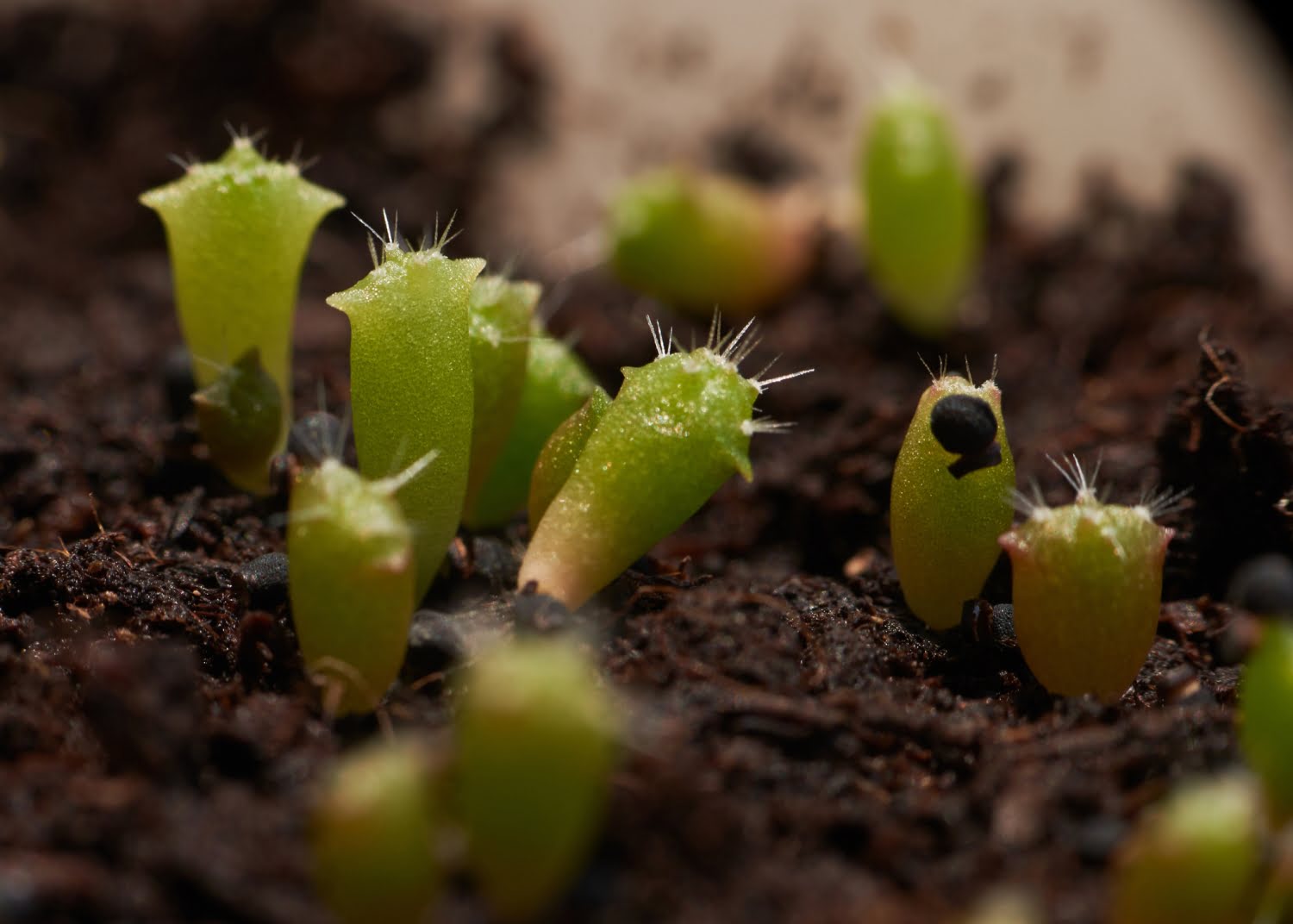
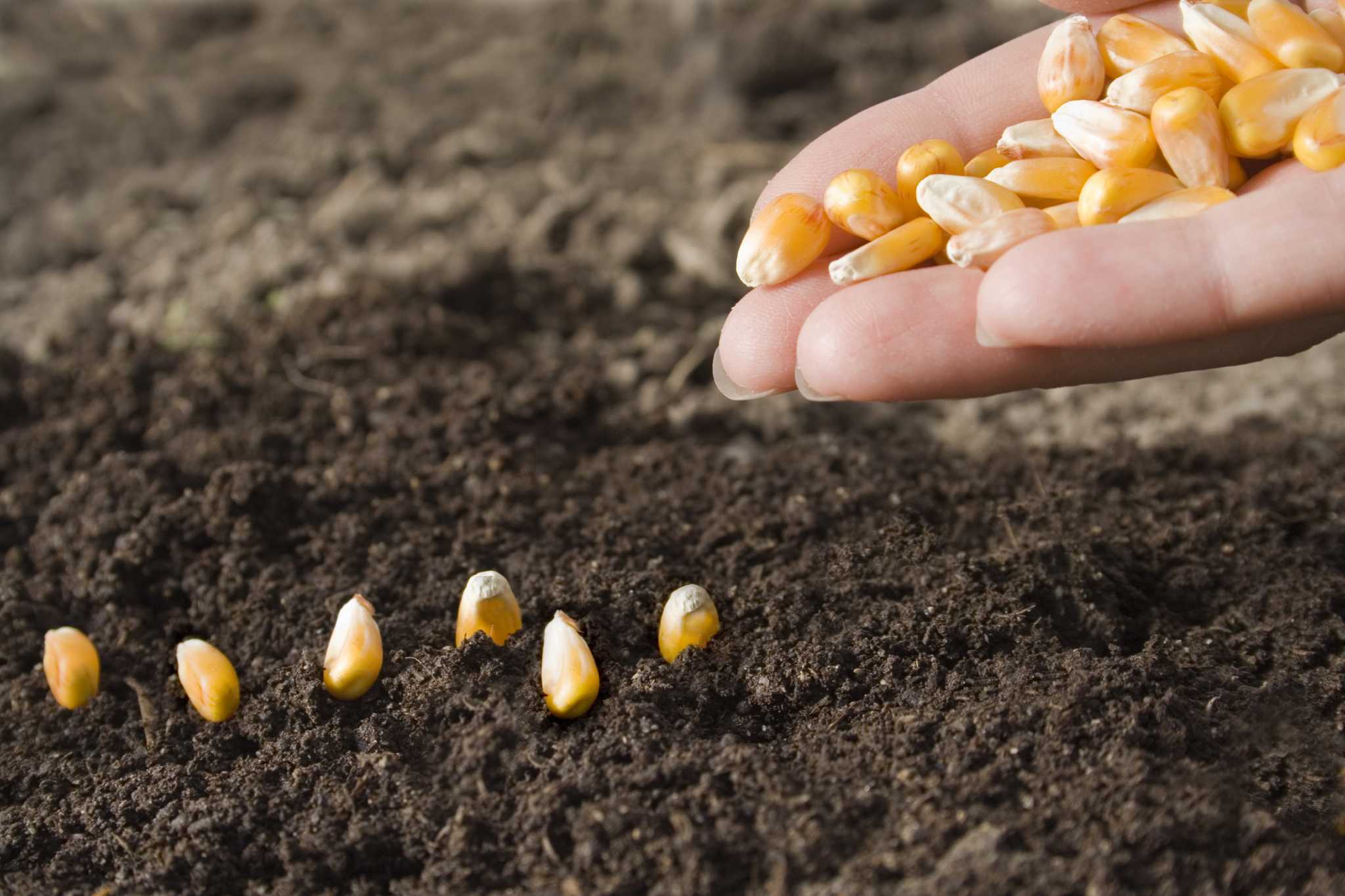
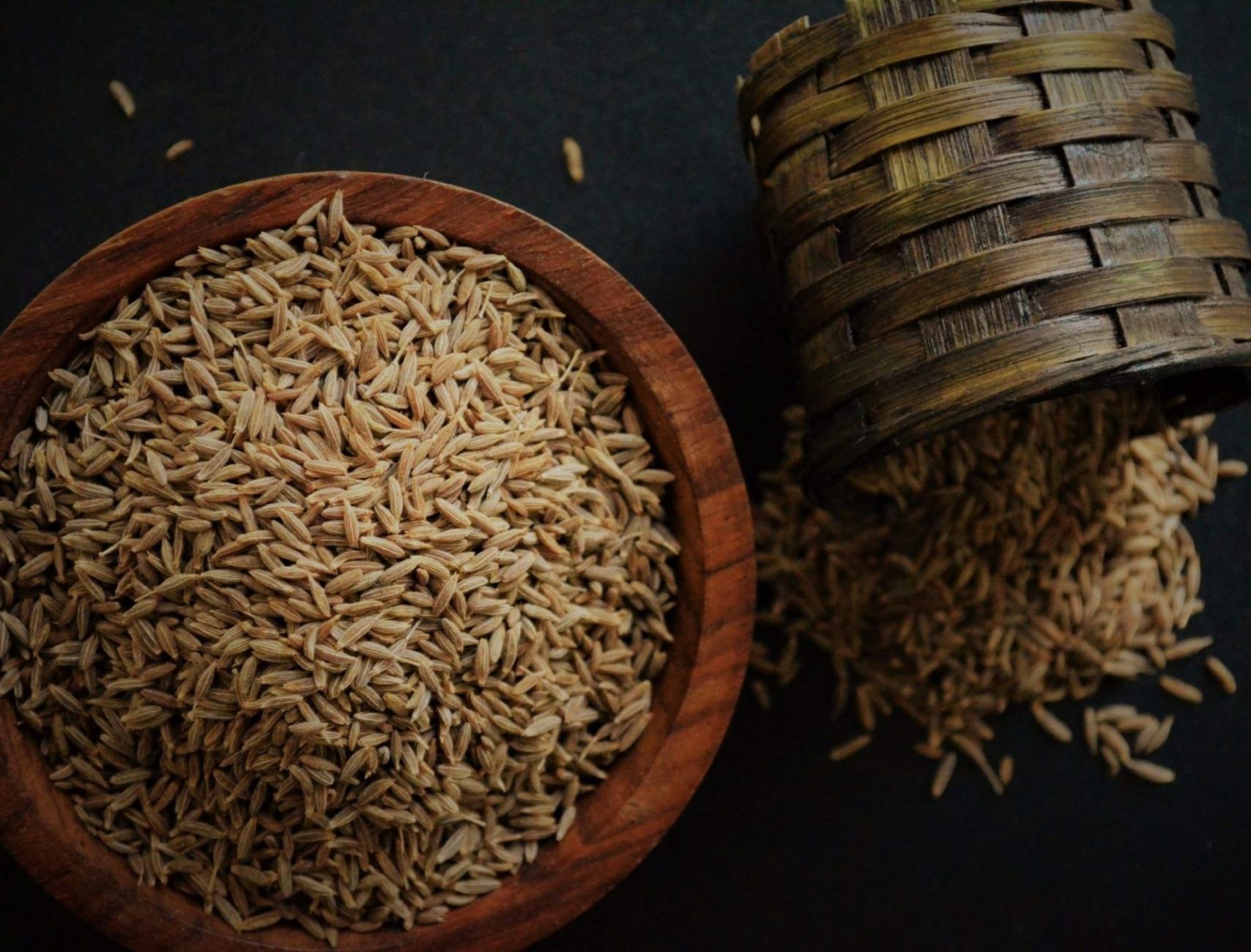

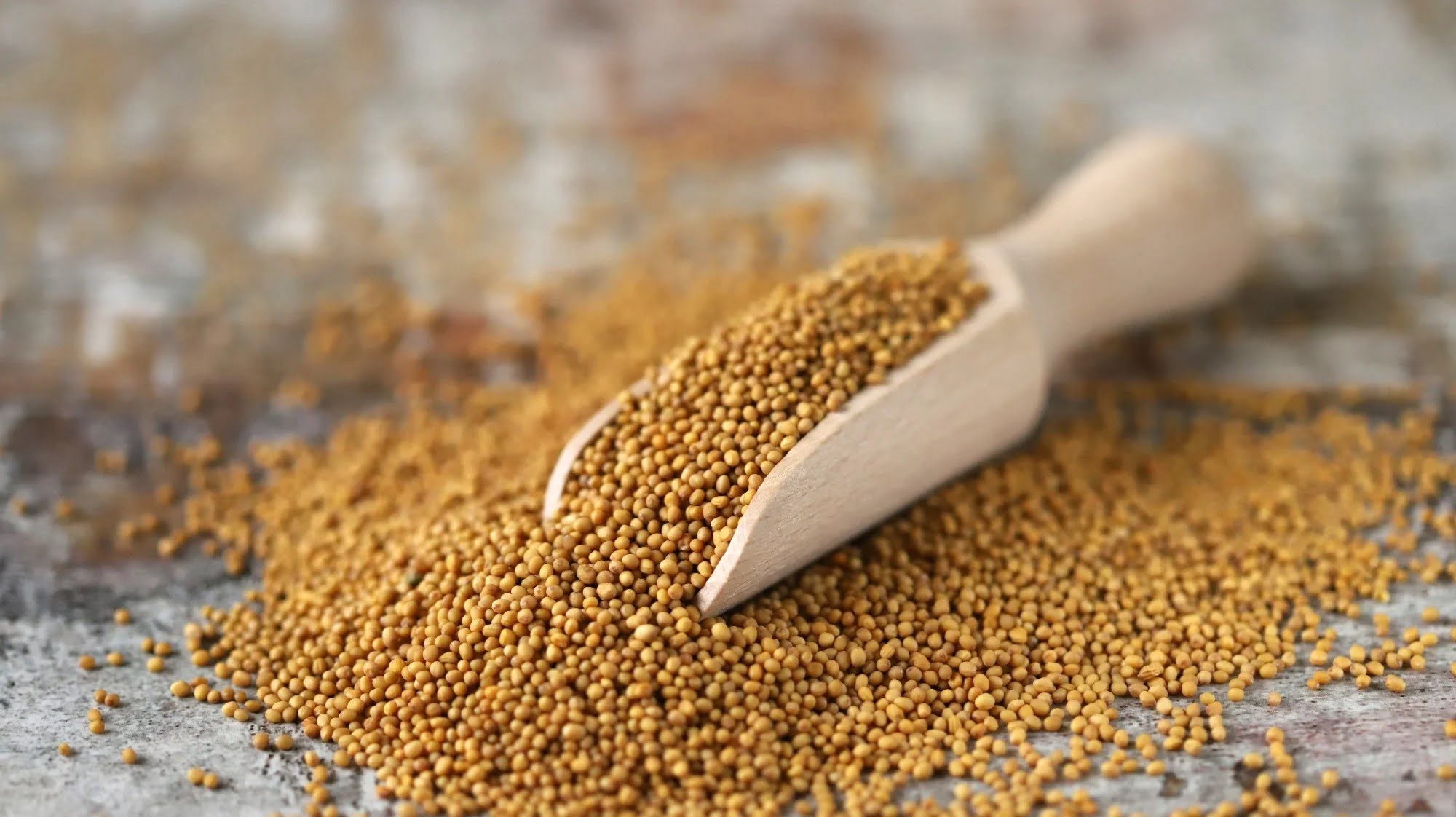
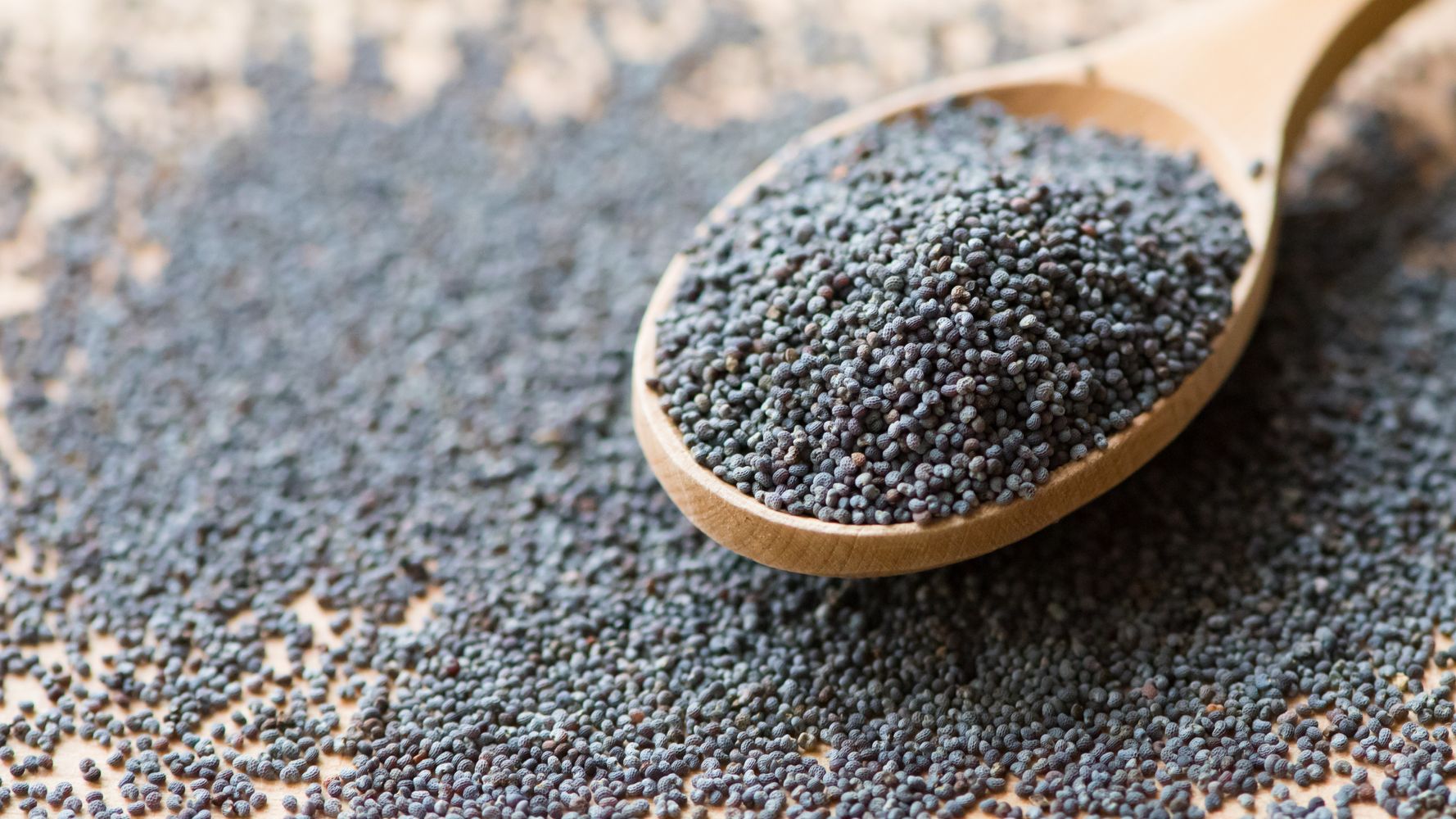
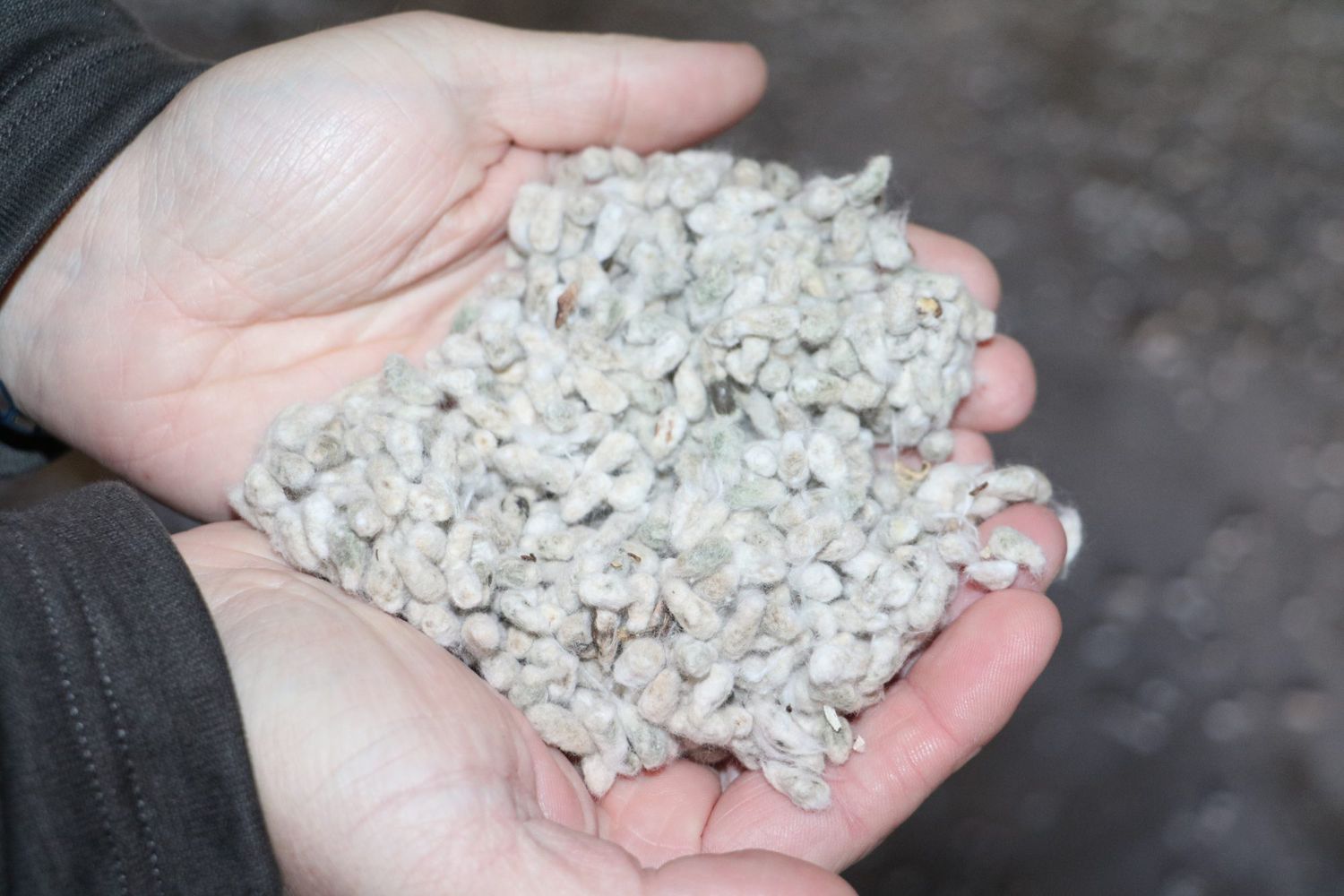
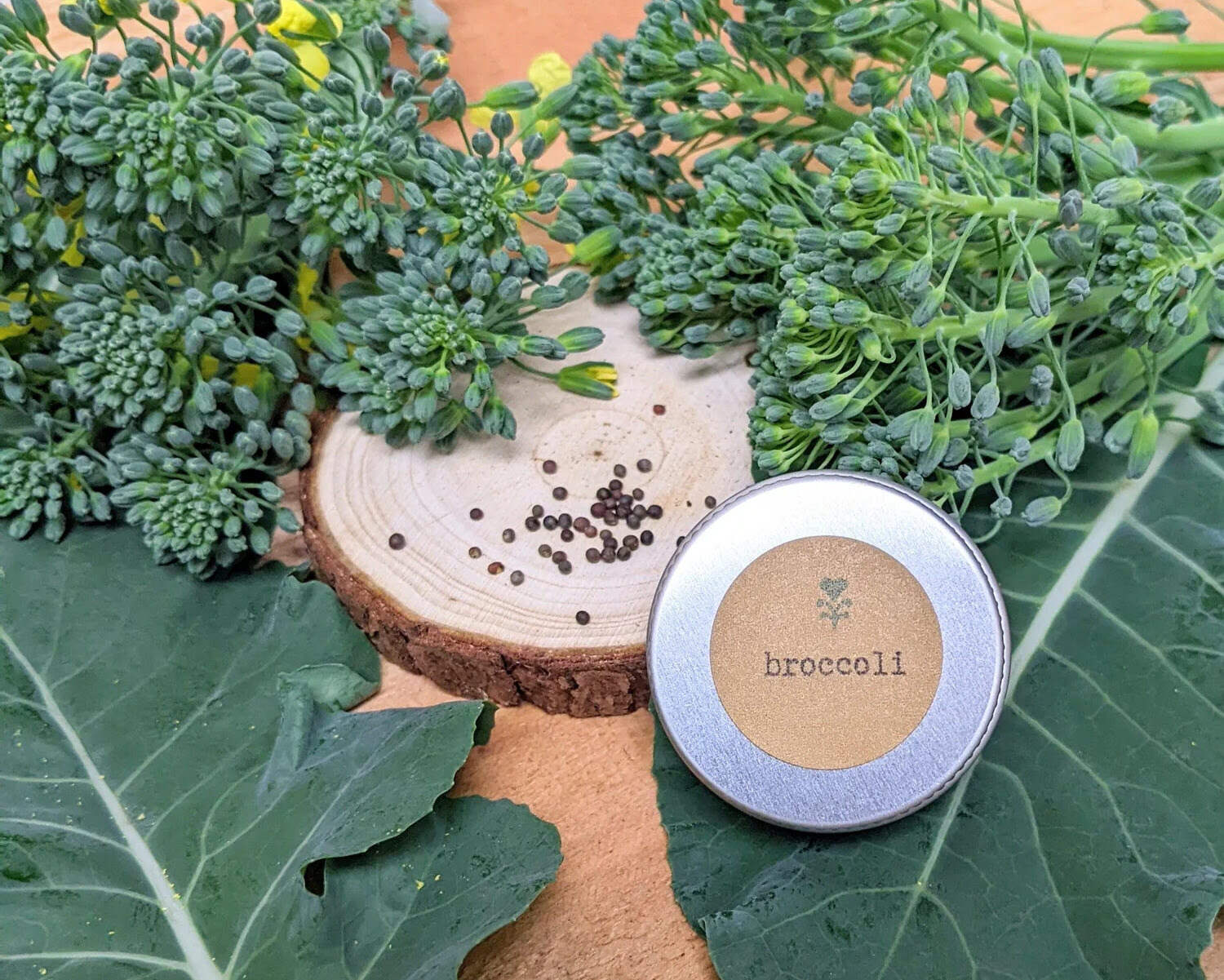
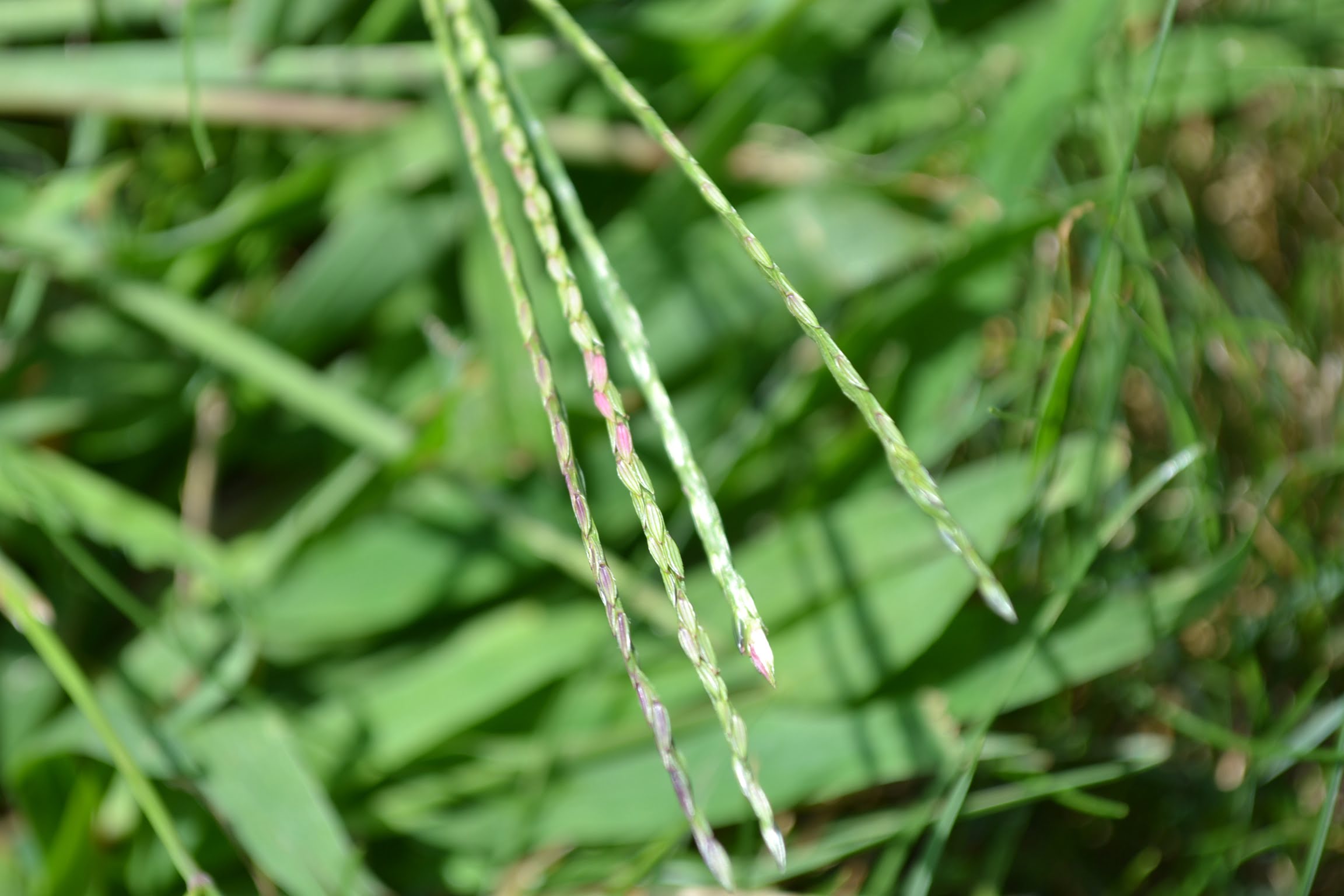
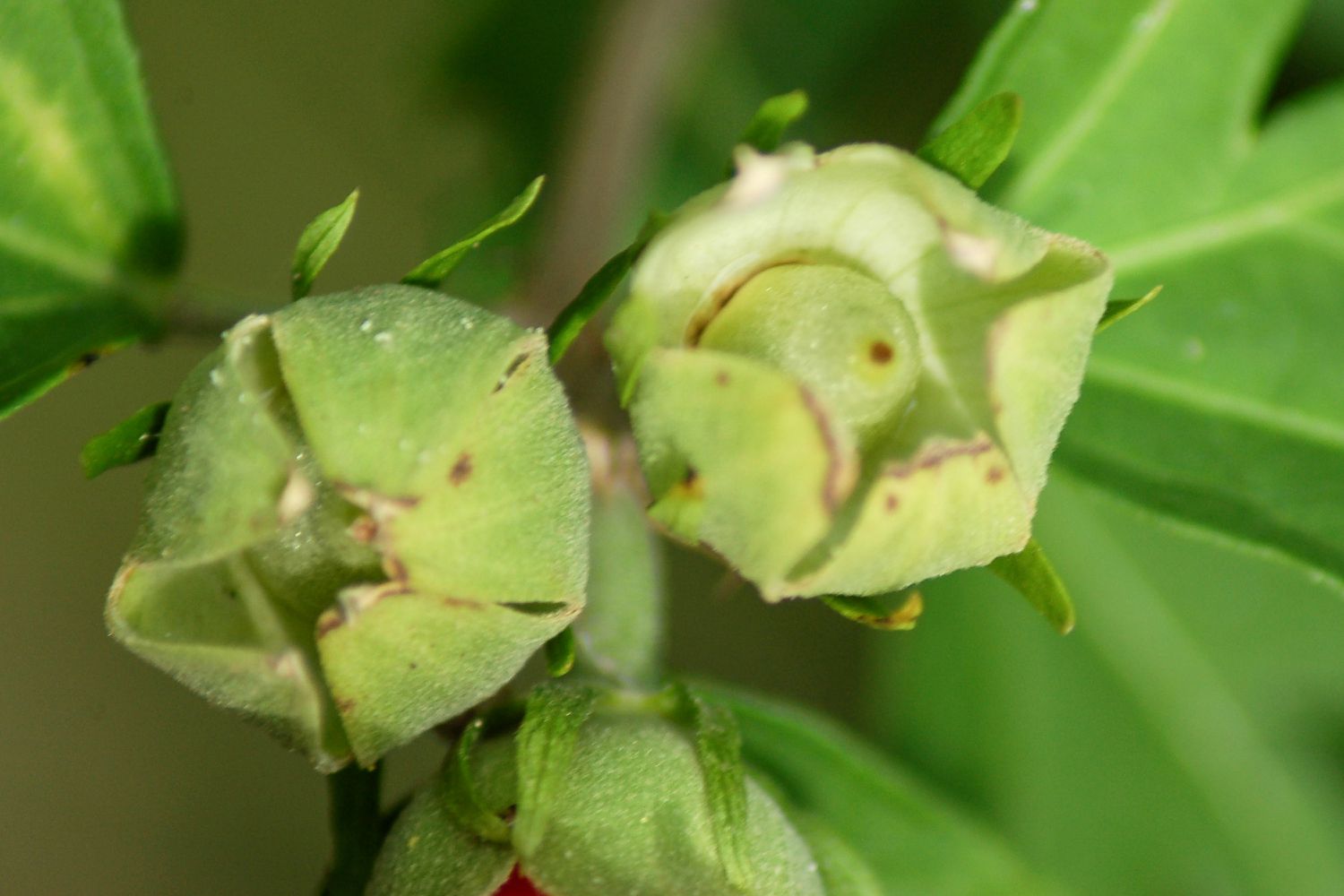
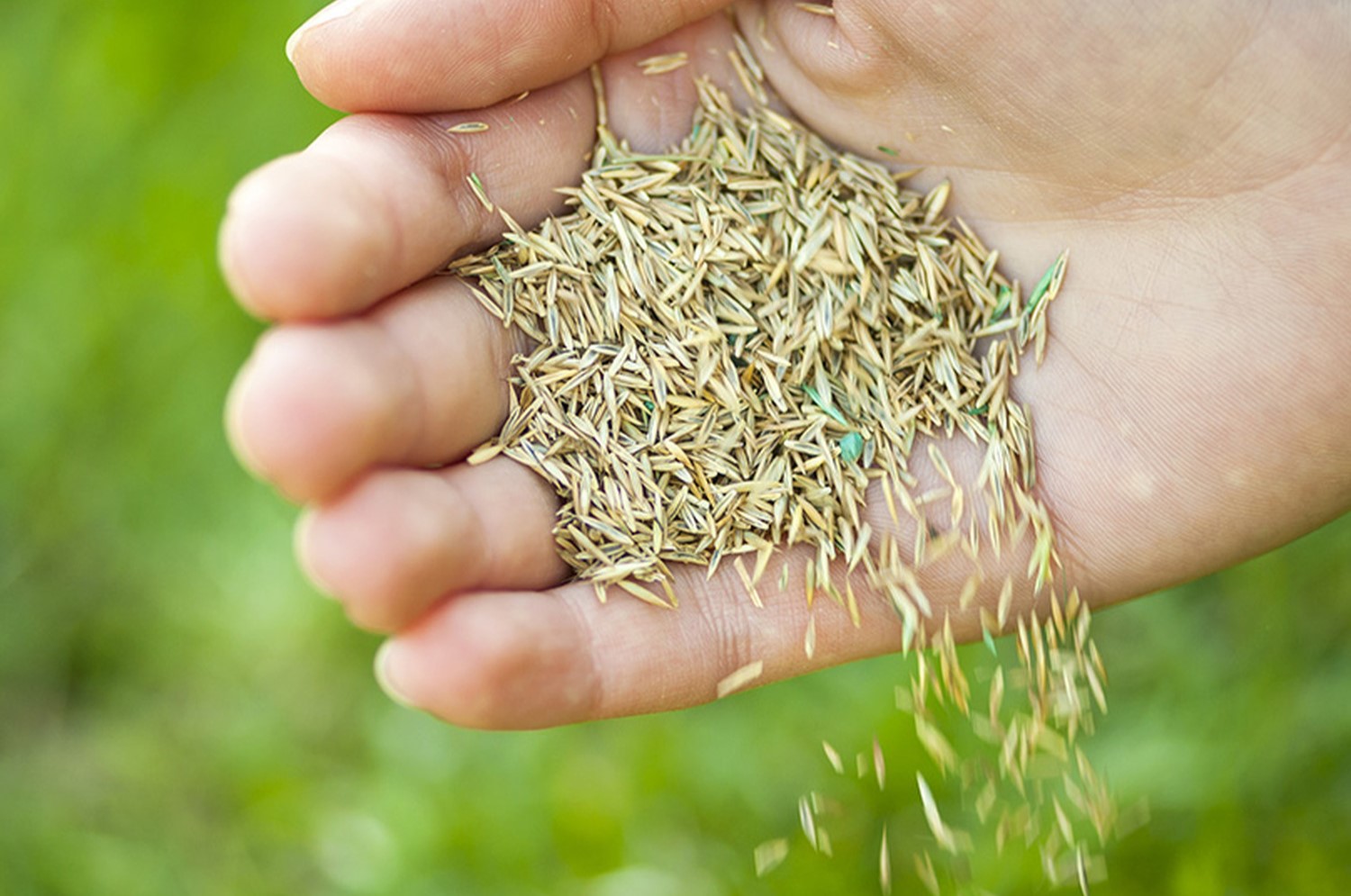
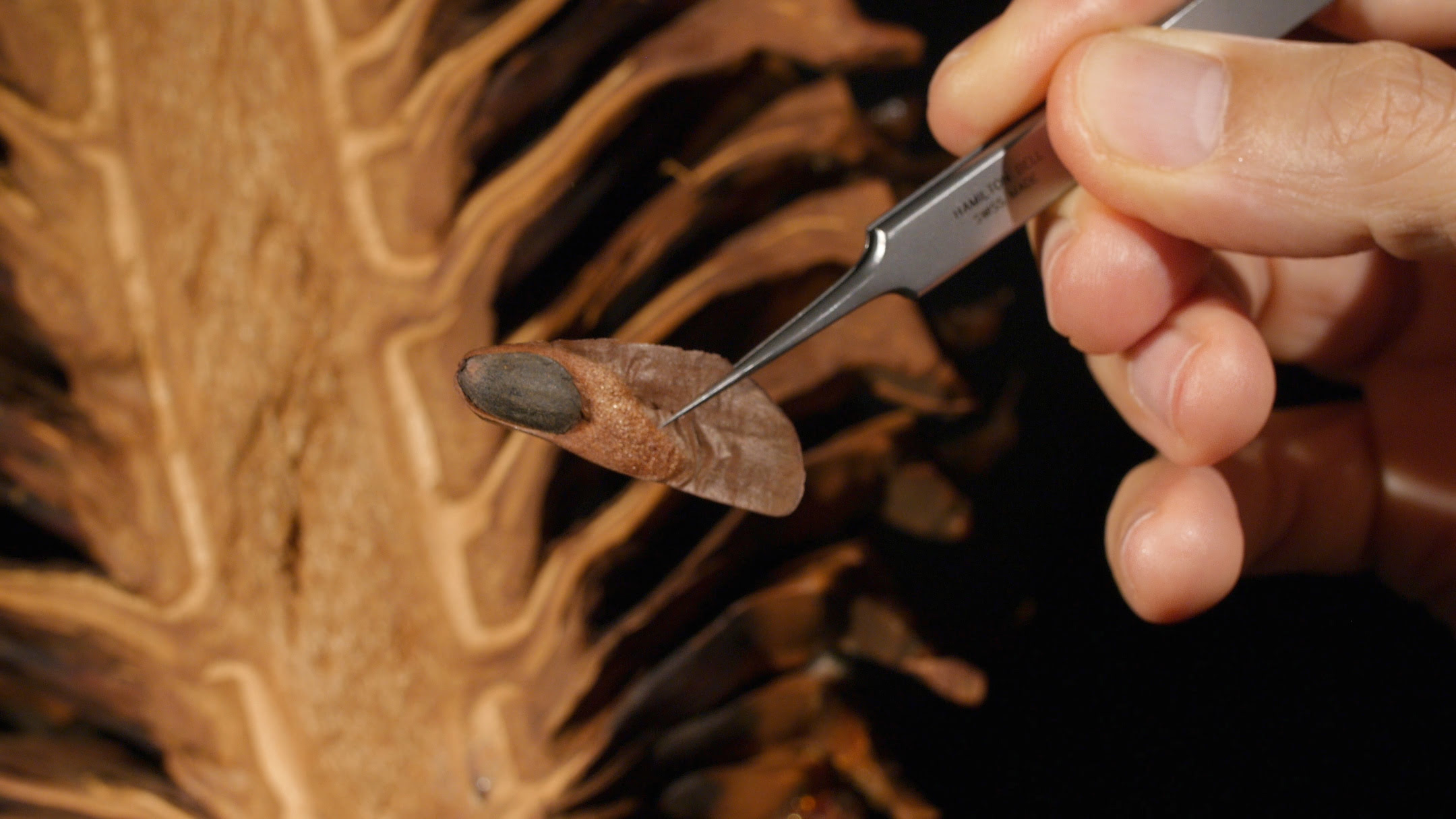
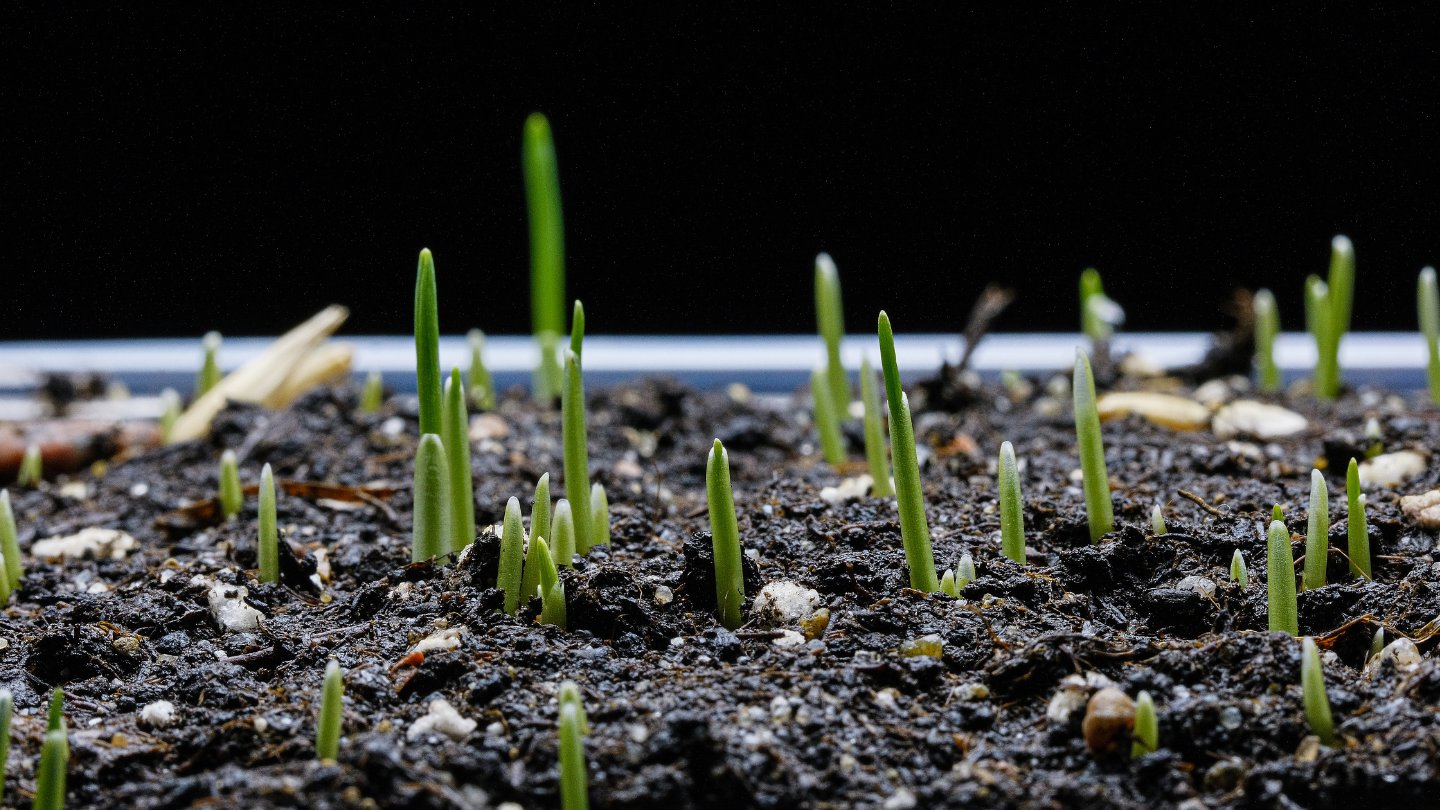
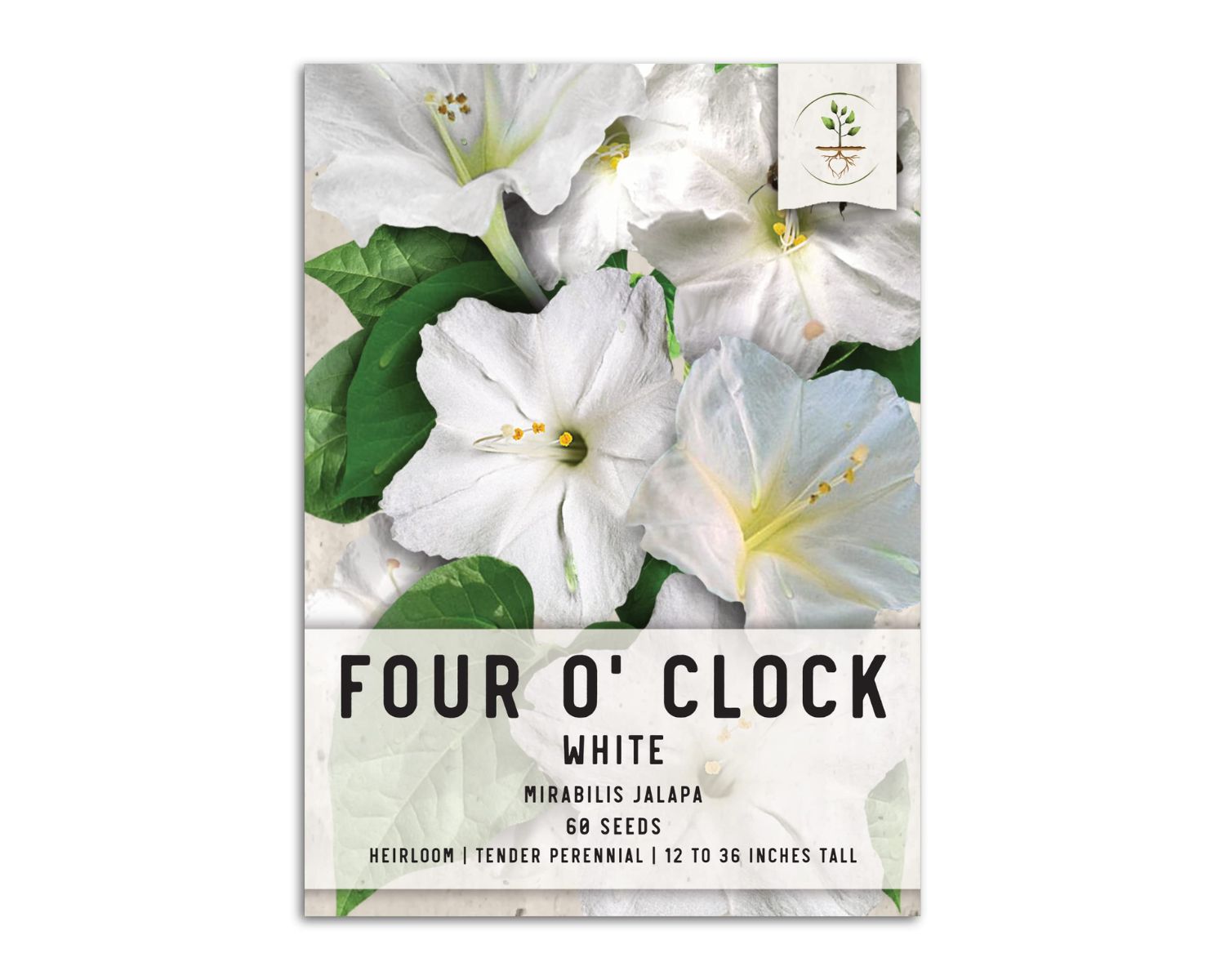

0 thoughts on “What Does A Geranium Seed Pod Look Like”